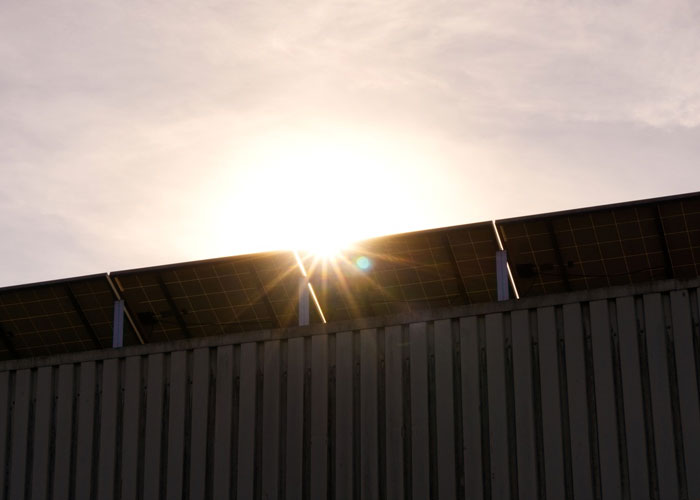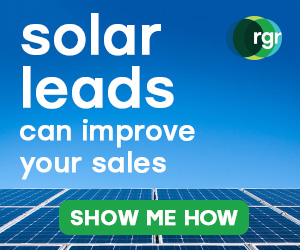
Showing Your Solar Customers How to Maintain their Voltage
 A solar power system, under the best of circumstances, is a completely worry-free solution to a homeowner or business owner’s power needs. It is self-contained, and requires virtually no maintenance. In fact, once the installation is complete, your customer is all set, and need never worry about their power needs again, right? Well, not exactly.
A solar power system, under the best of circumstances, is a completely worry-free solution to a homeowner or business owner’s power needs. It is self-contained, and requires virtually no maintenance. In fact, once the installation is complete, your customer is all set, and need never worry about their power needs again, right? Well, not exactly.
Inclement weather and other potential issues can and will rob customers in even the brightest locations of available power now and then. Wouldn’t you rather they understood the potential for this to happen? Offering clients a complete understanding of their system, how to monitor it, and what to do when they don’t have enough power on bad weather days is crucial to your long-term success. Read on to learn more about how to teach your customers the best ways to maintain their voltage.
What a Voltage Meter Does and How to Read It
Just because an installed solar power system is nearly self-sustaining, doesn’t mean that it is completely maintenance-free. Your customers need to at least keep an eye on the components of their system in order to make sure that it is functioning at optimal levels. This way, during inclement weather, they are not drawing their batteries down to levels where they cannot fully enjoy their investment in renewable, clean power.
There are times when even the largest solar power system in the best of all possible locations does not manage to keep up with demand. The voltage meter is the window on how well a system is functioning. It is definitely a best practice to show all solar power customers how to read one.
What to Tell Them To Do When Voltage Runs Low in Inclement Weather
One thing that your customers need to know, along with how to read their voltage meter and what they should be looking for given their location and general sunlight and weather patterns, is when they should be concerned. A key component of this also entails letting them know what they can do when they are concerned about how much power they are using, and how much power they are generating.
The main thing to convey is that waning power production and availability is nothing to be overly concerned about. If your solar clients are attached to the grid, the gap between what they are producing and have stored and what they need to satisfy their demands will be satisfied by power drawn from the grid.
If they are not connected to the grid, they simply need to budget their available power in inclement weather. This means waiting to use power-hungry appliances or devices until they are generating enough power, or supplementing what their solar panels are generating with generator power.
In the end, the whole underlying point of educating your customers regarding their voltage meter, their general power needs, and ability to produce power in all kinds of conditions comes down to independence, autonomy, and customer satisfaction.
Helping Customers Get the Most Out of Their Solar Power Systems
Unless you have sold your customer considerably more capacity than they will ever need, there’s a very good chance that they will eventually experience a “perfect storm” of circumstances that will leave them with less solar power than will meet their needs. If you’ve taken the extra step to educate them about their voltage meter and how to monitor their production and their needs, then you will have done both your customer and your business a service.
Contact Us
Call us at 310-540-8900 or fill out the form below and we’ll tell you how you can get high quality leads for free*.
* Get up to 10% free leads on your first order!